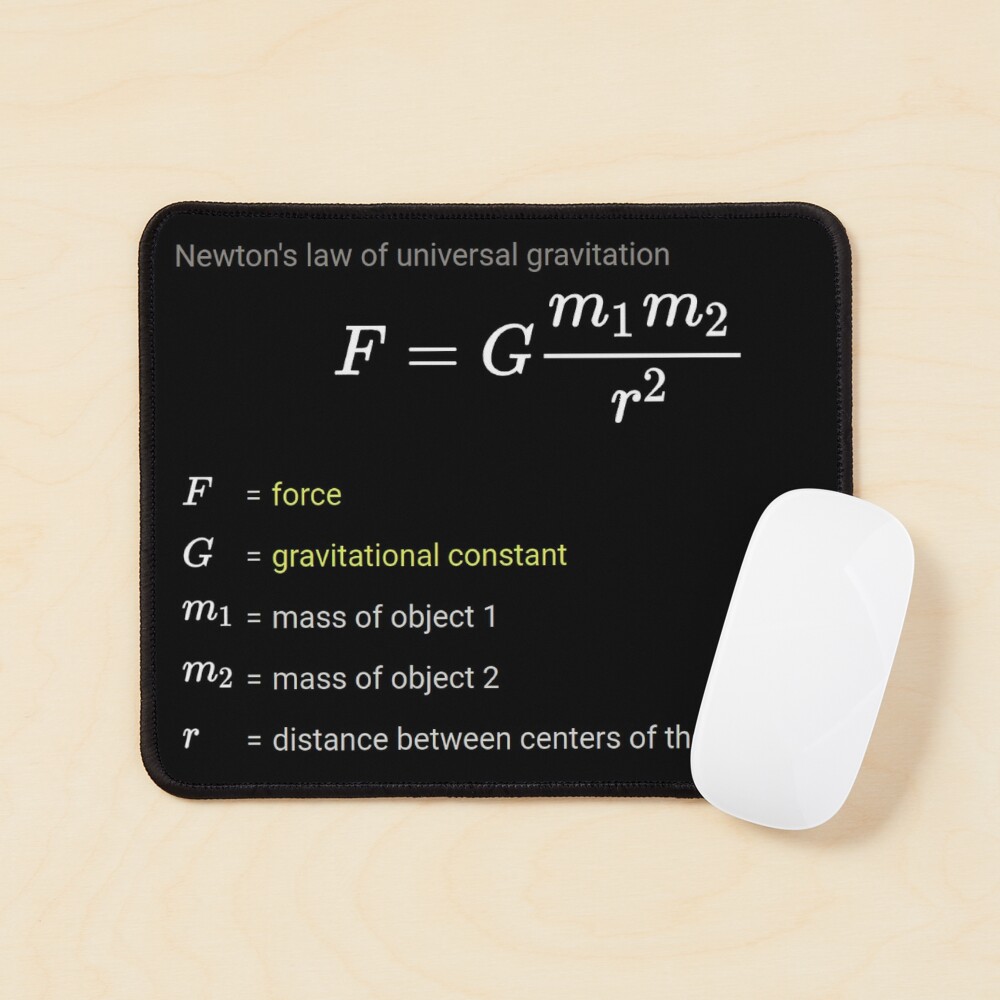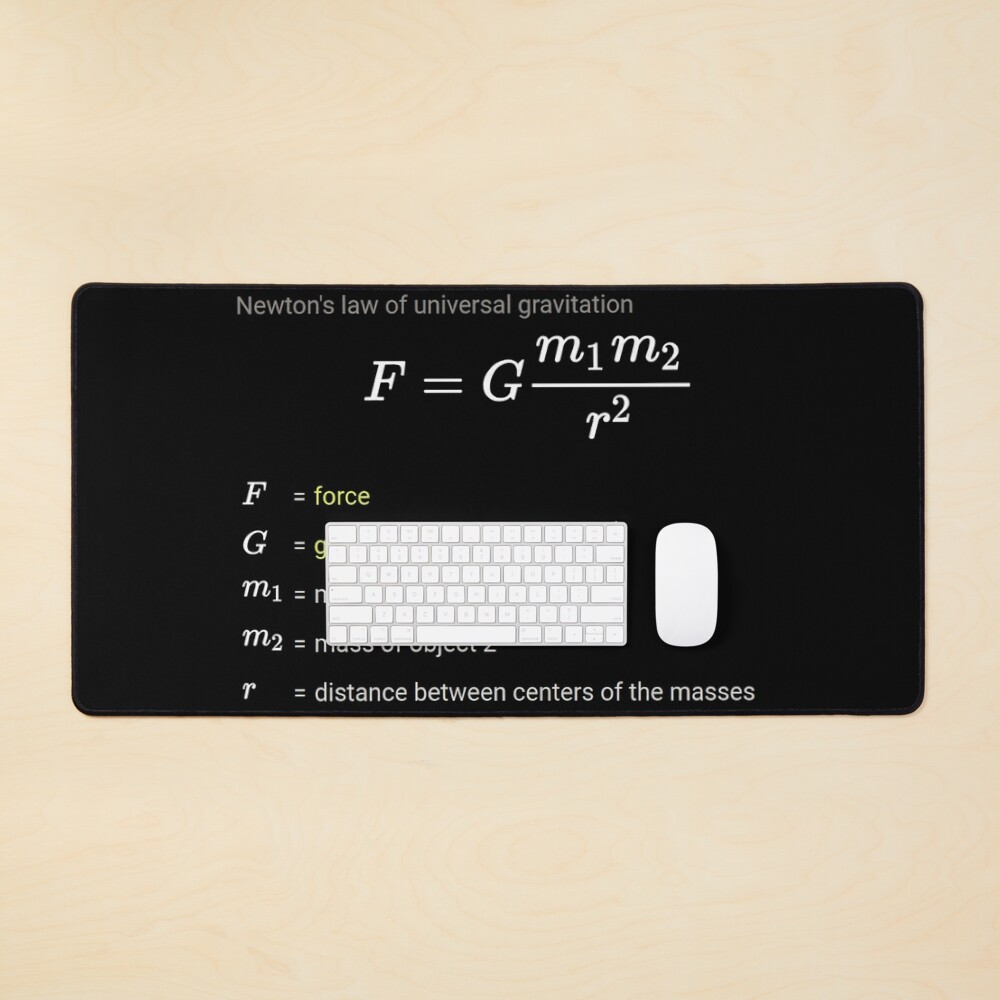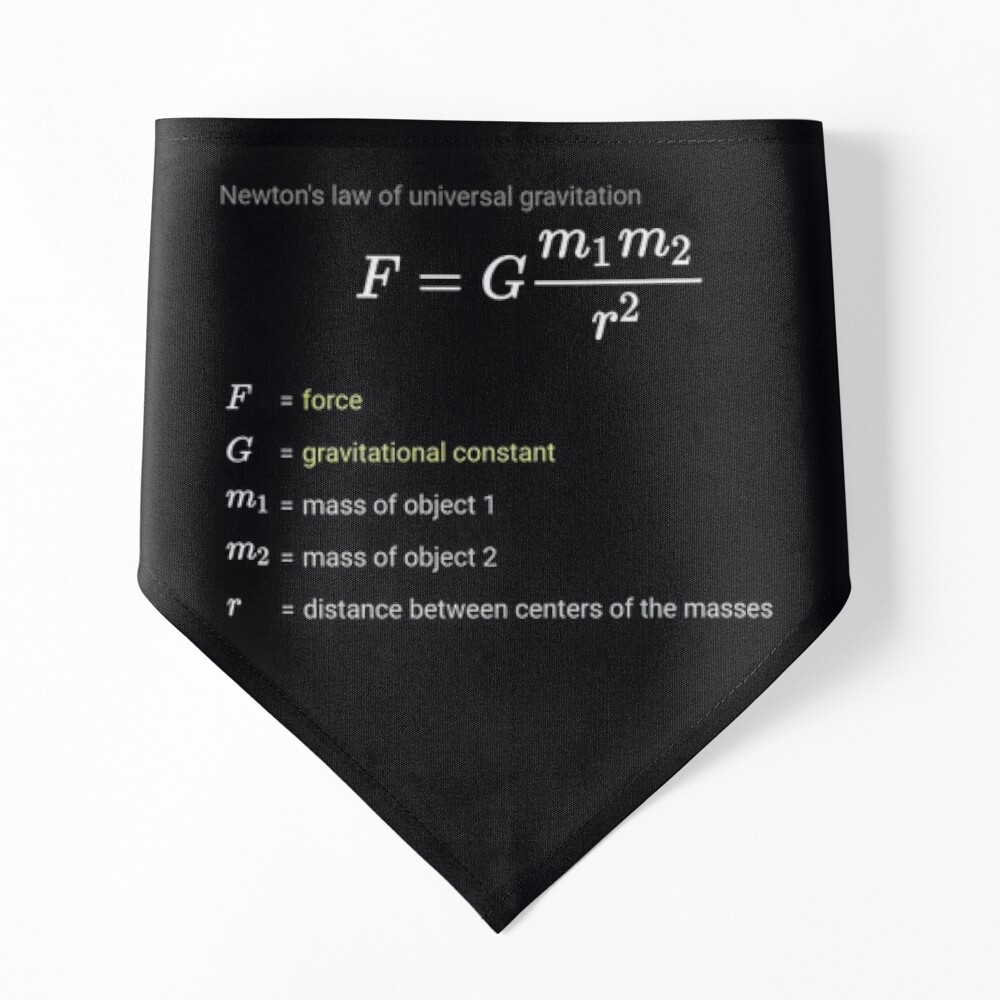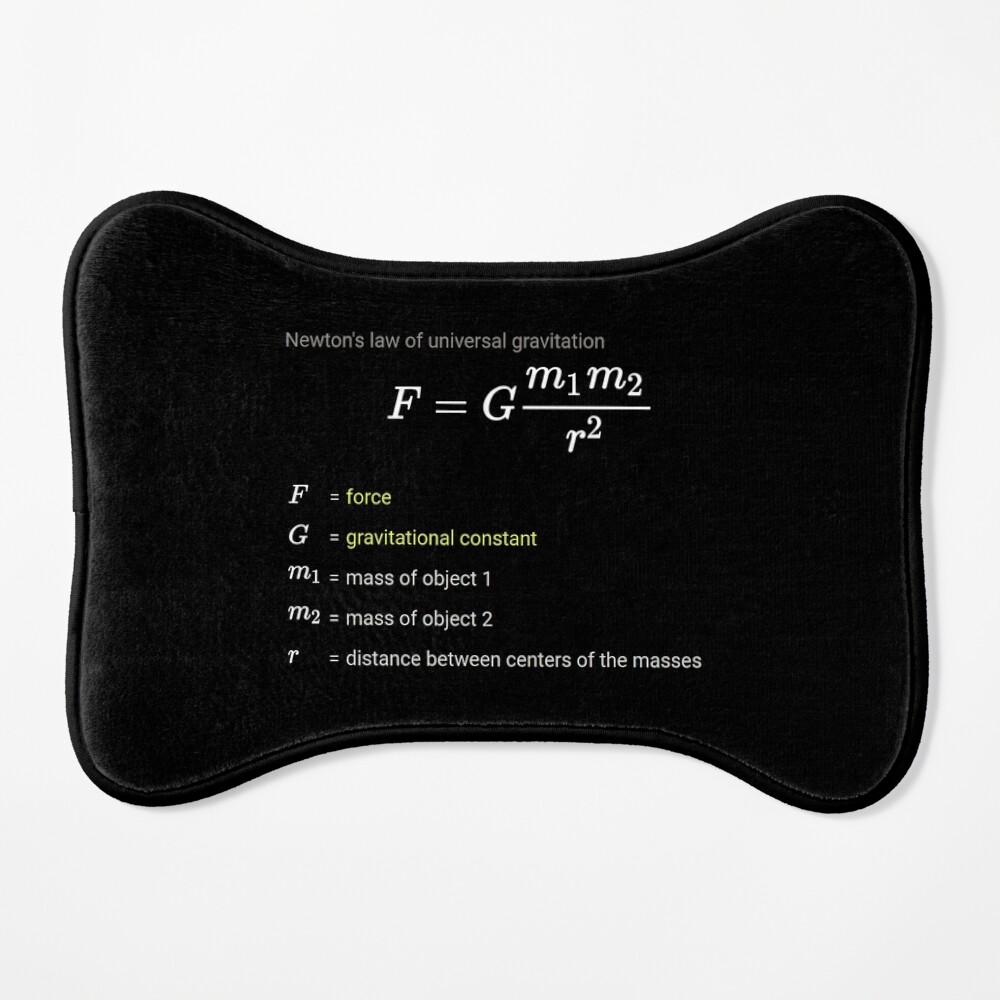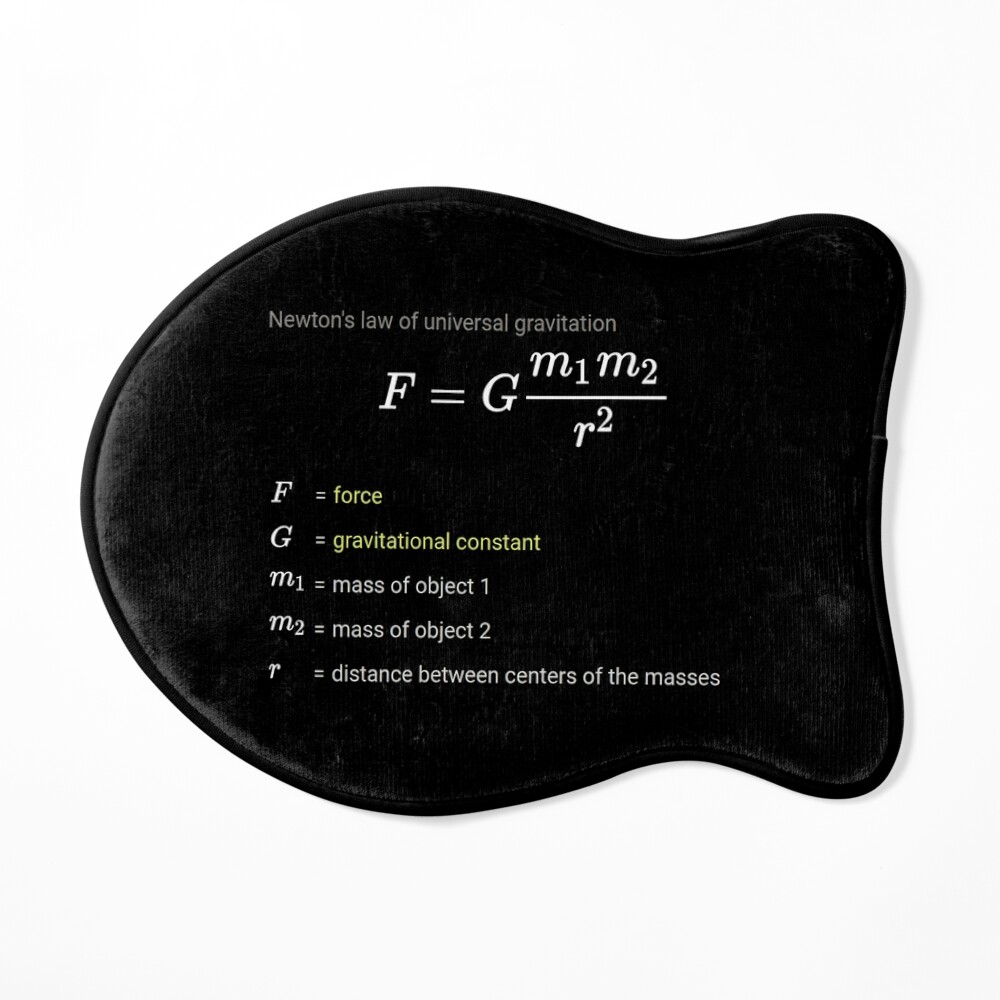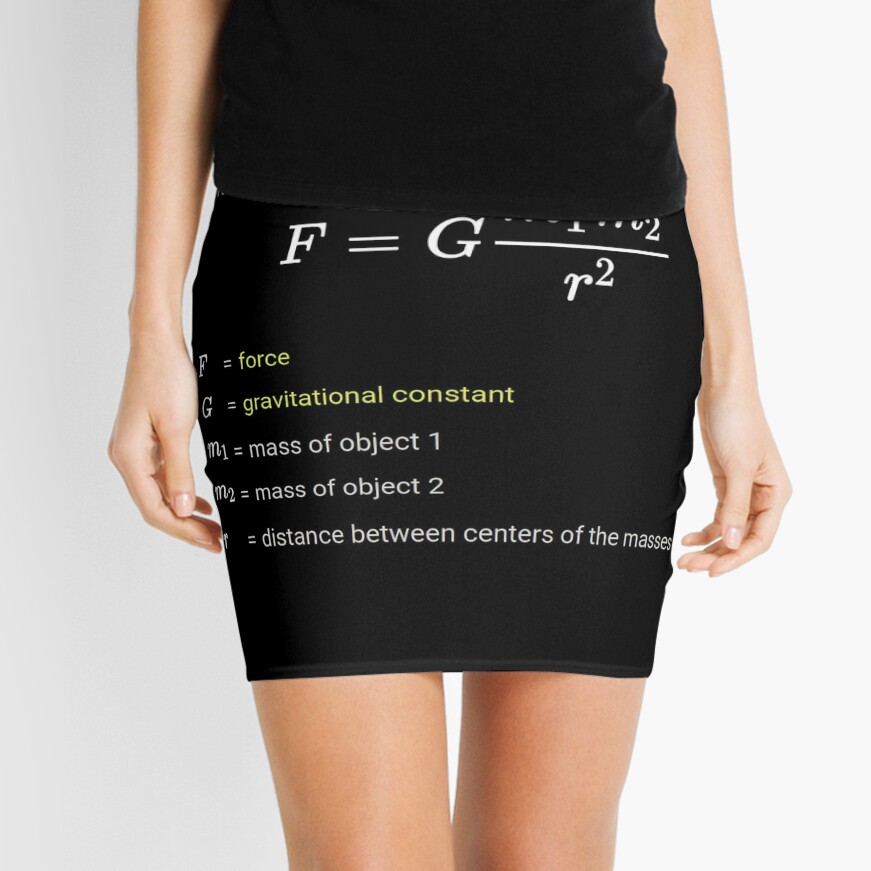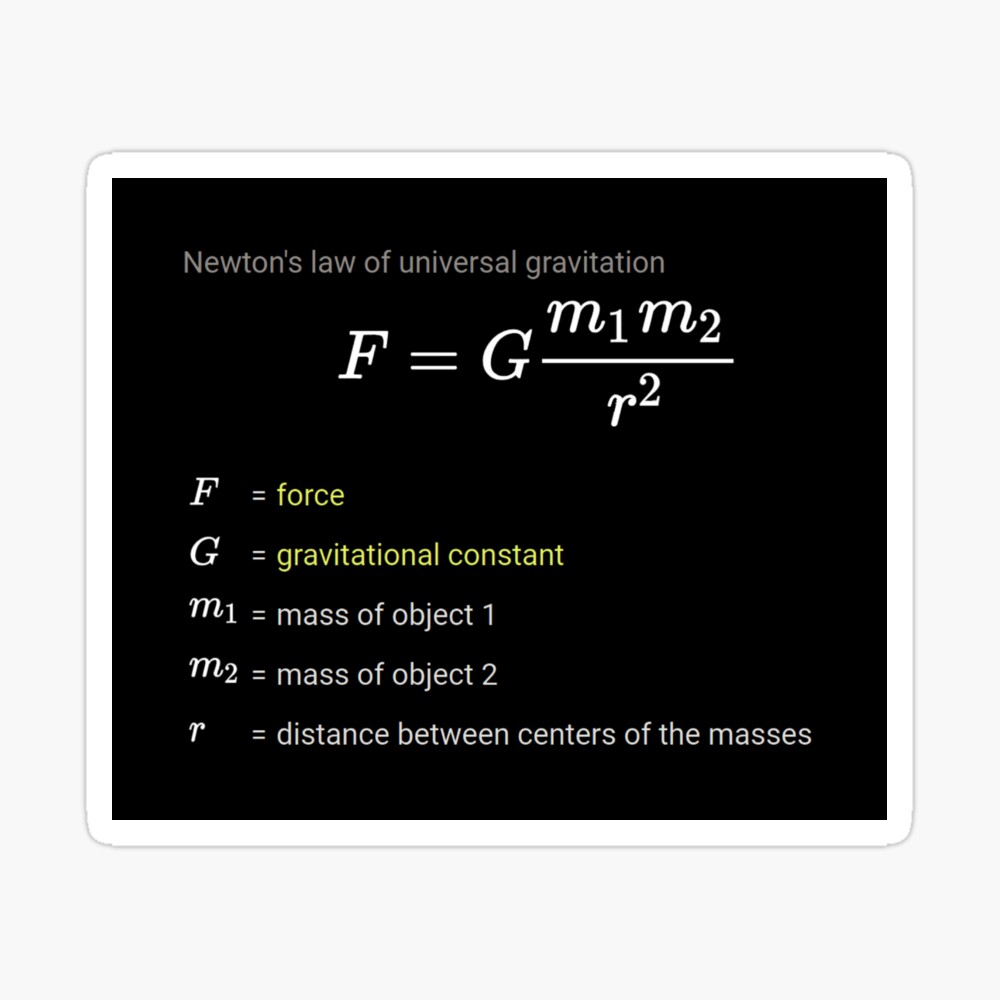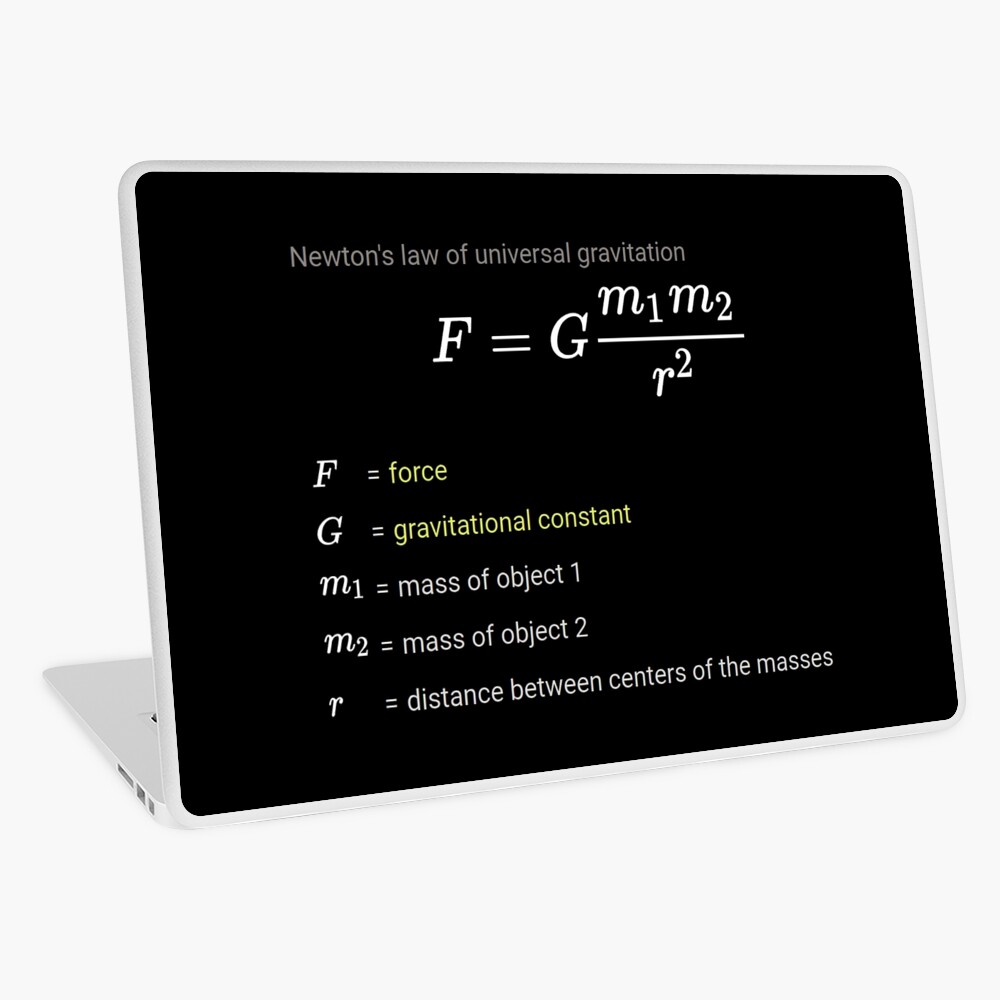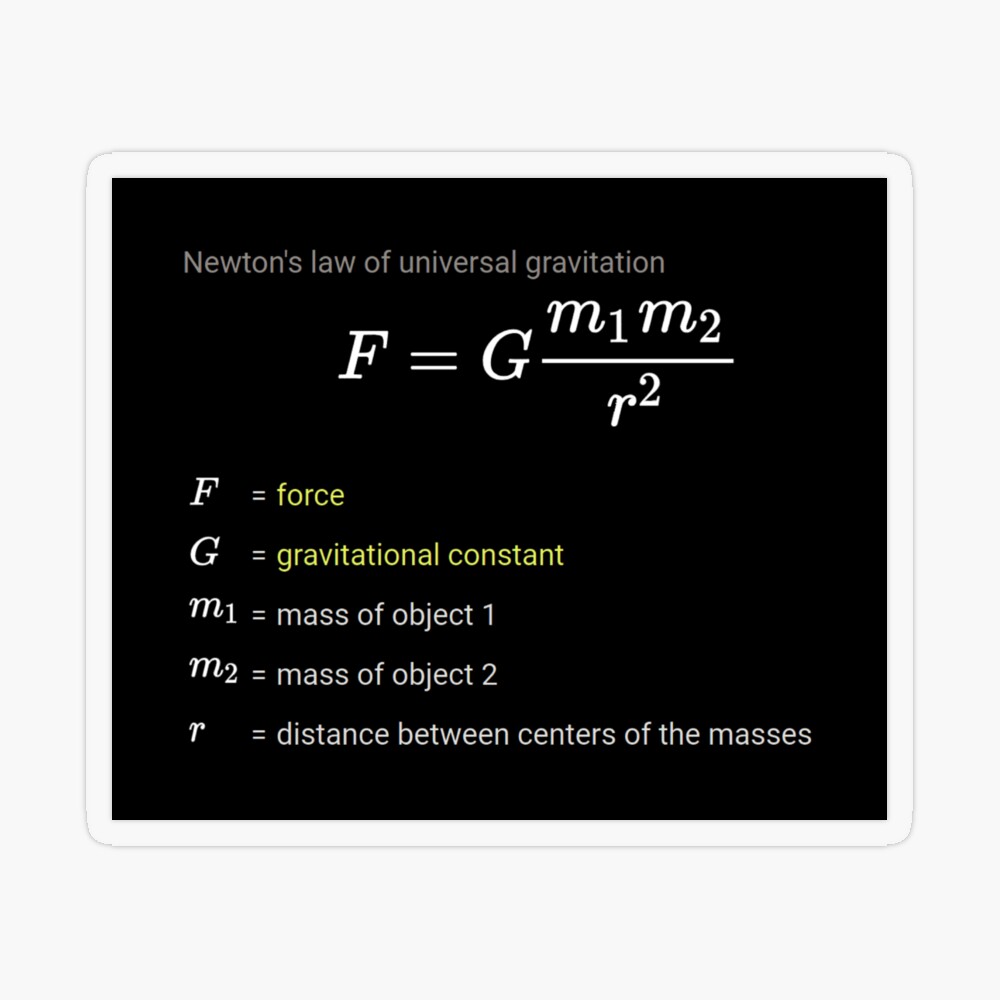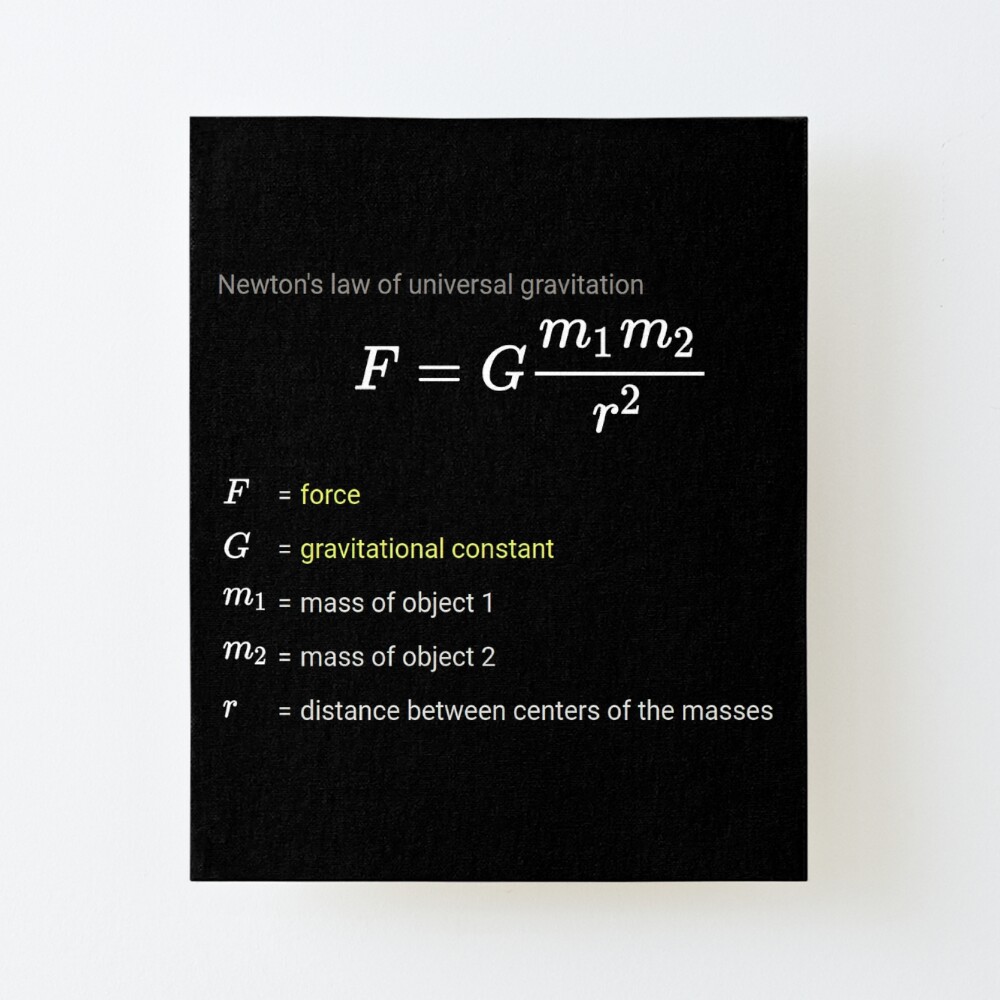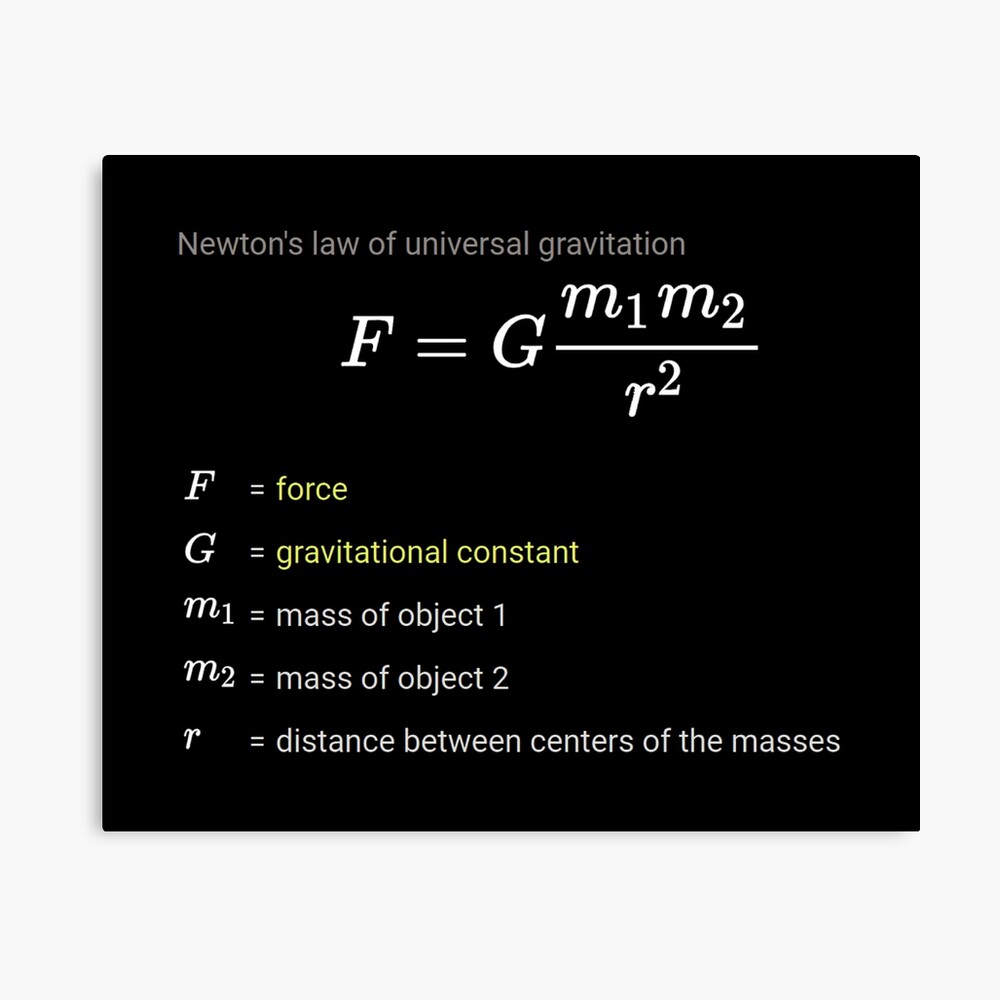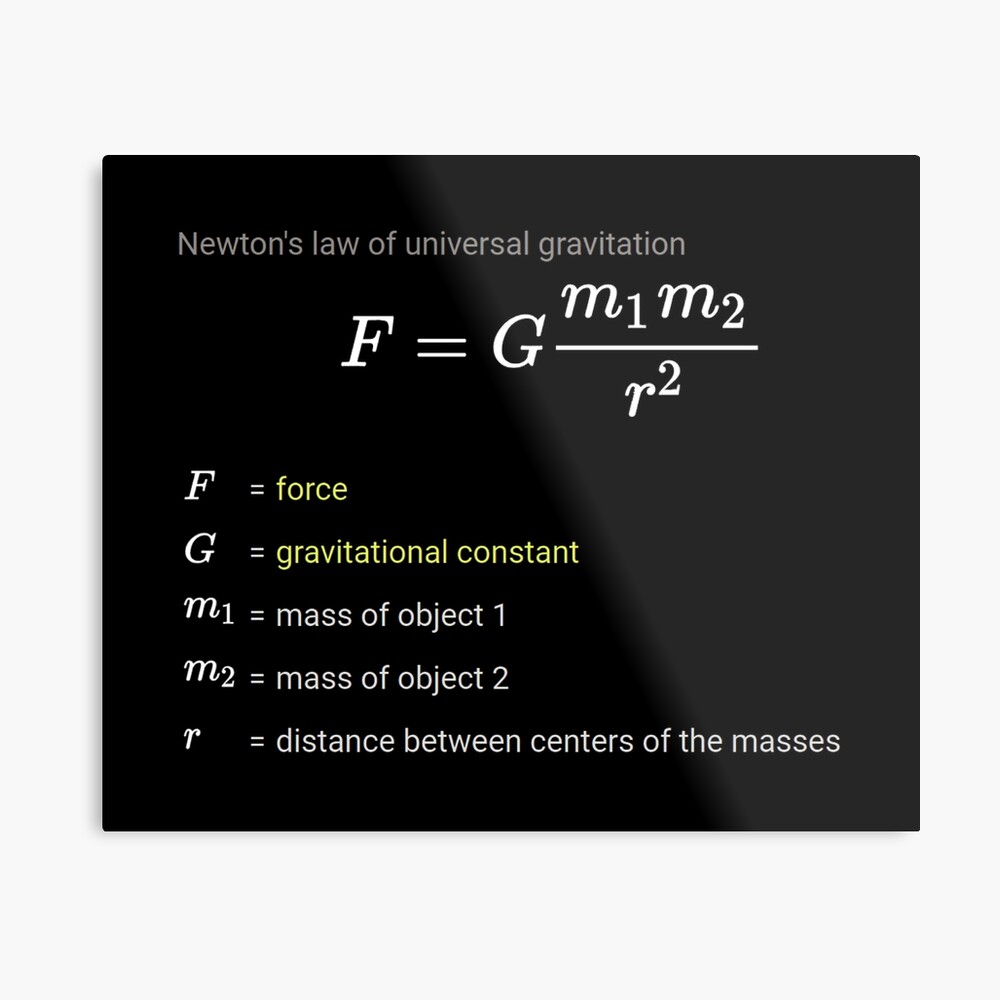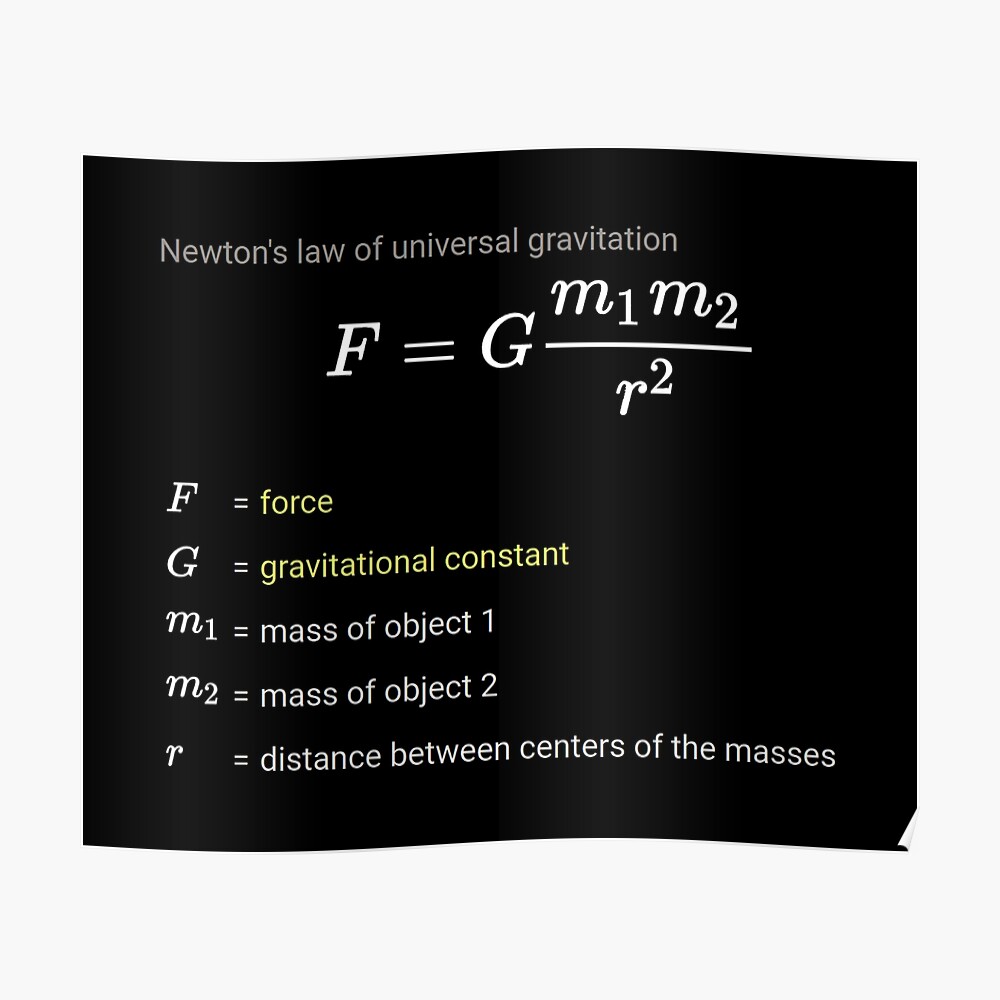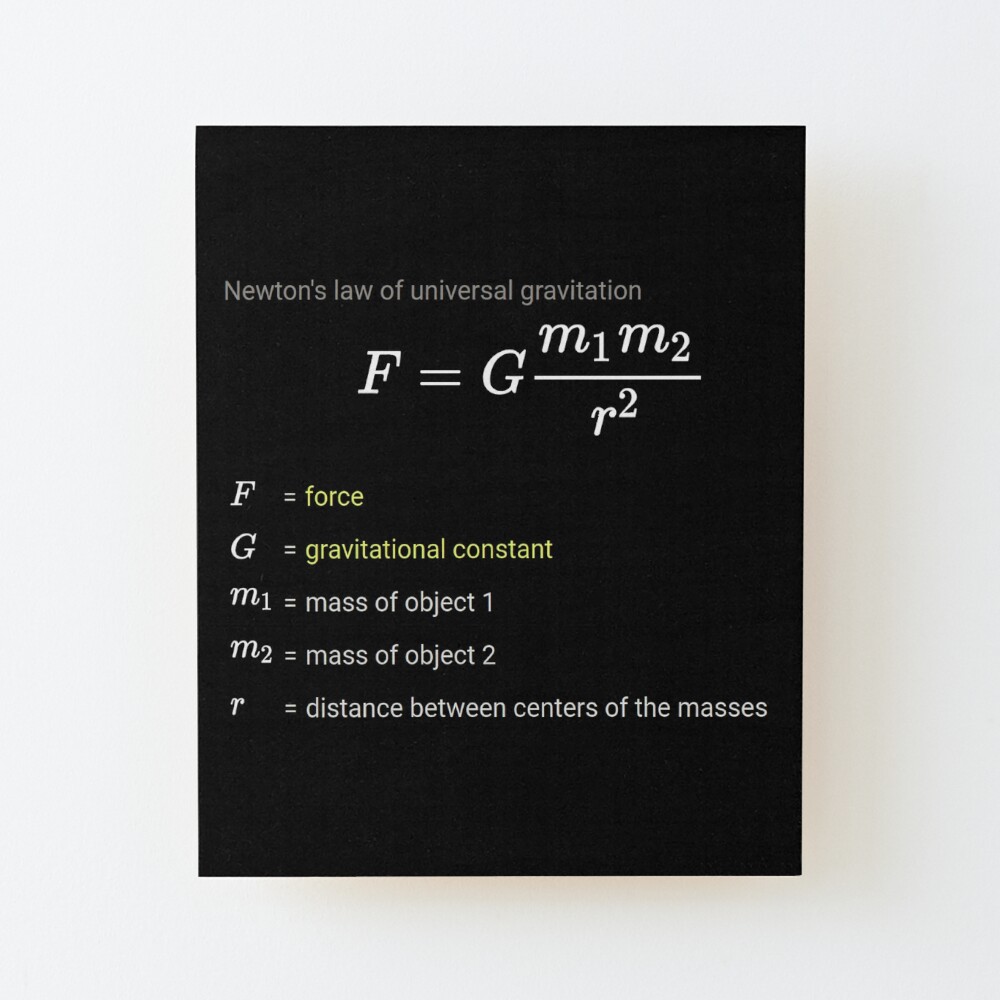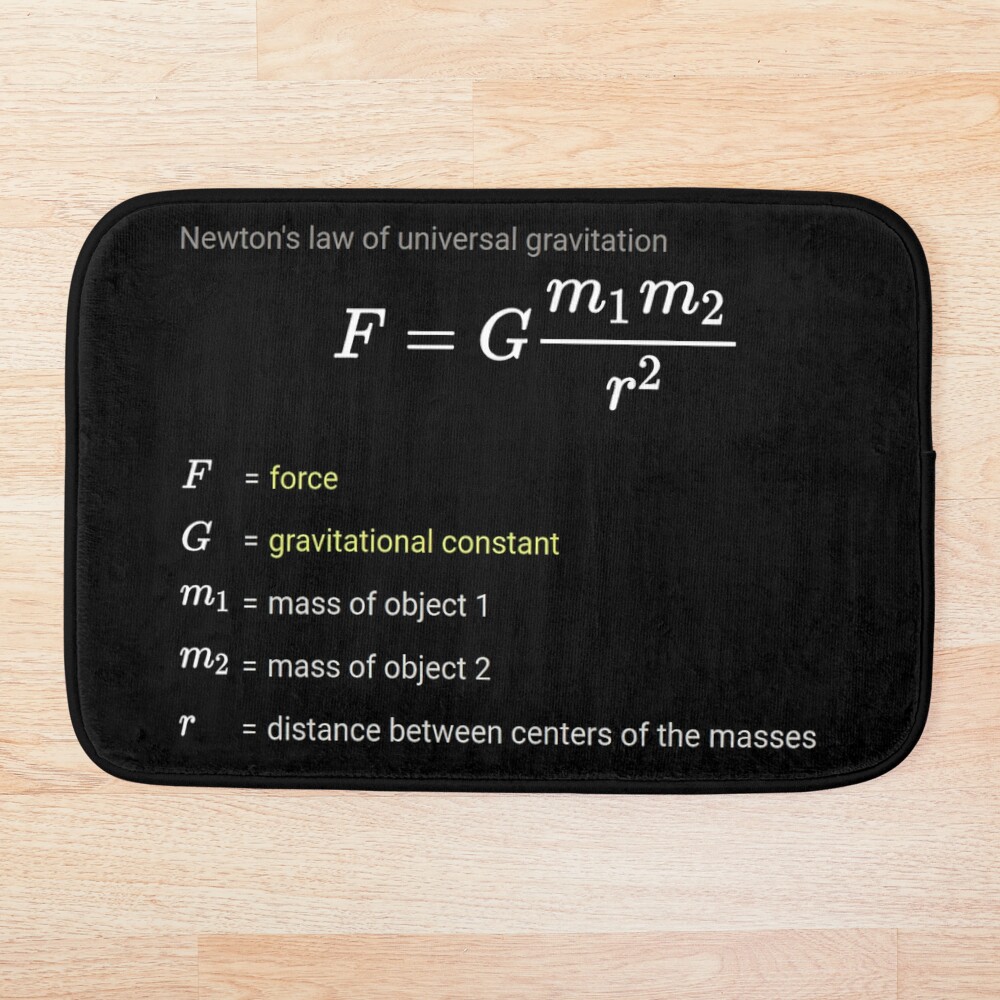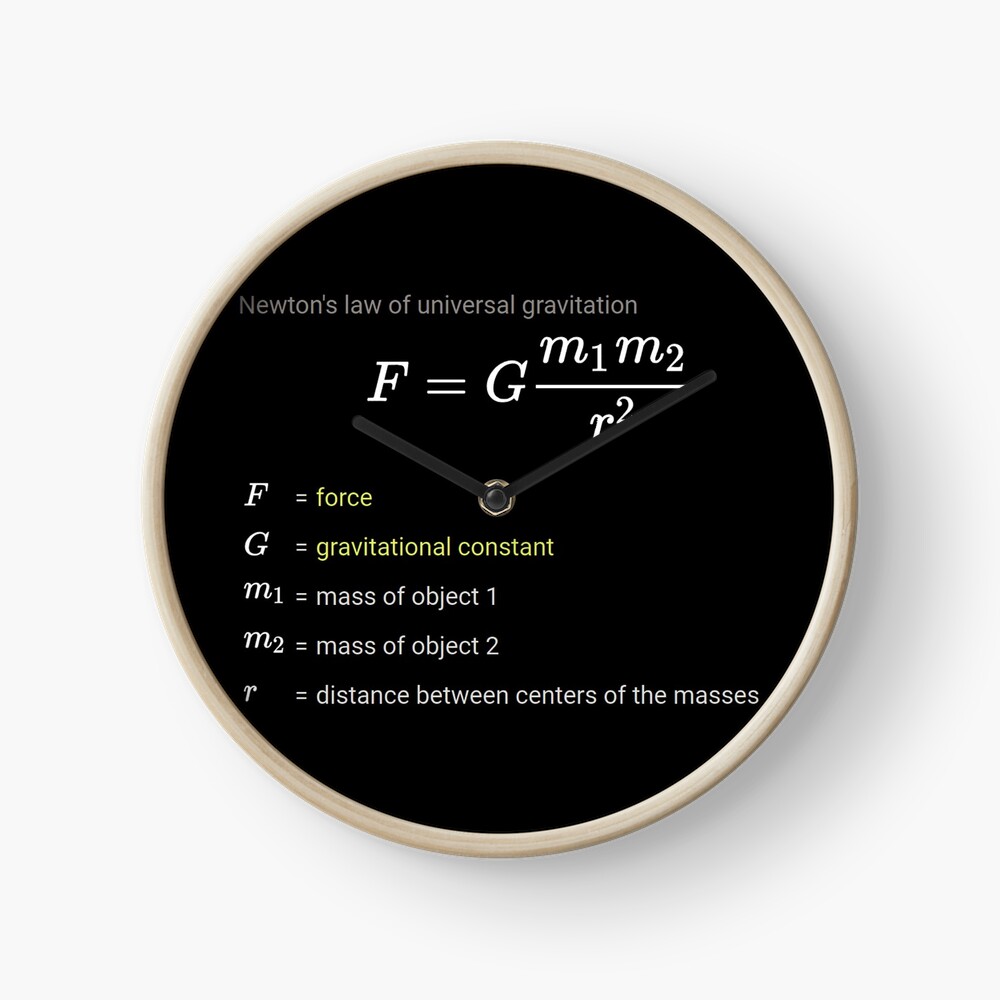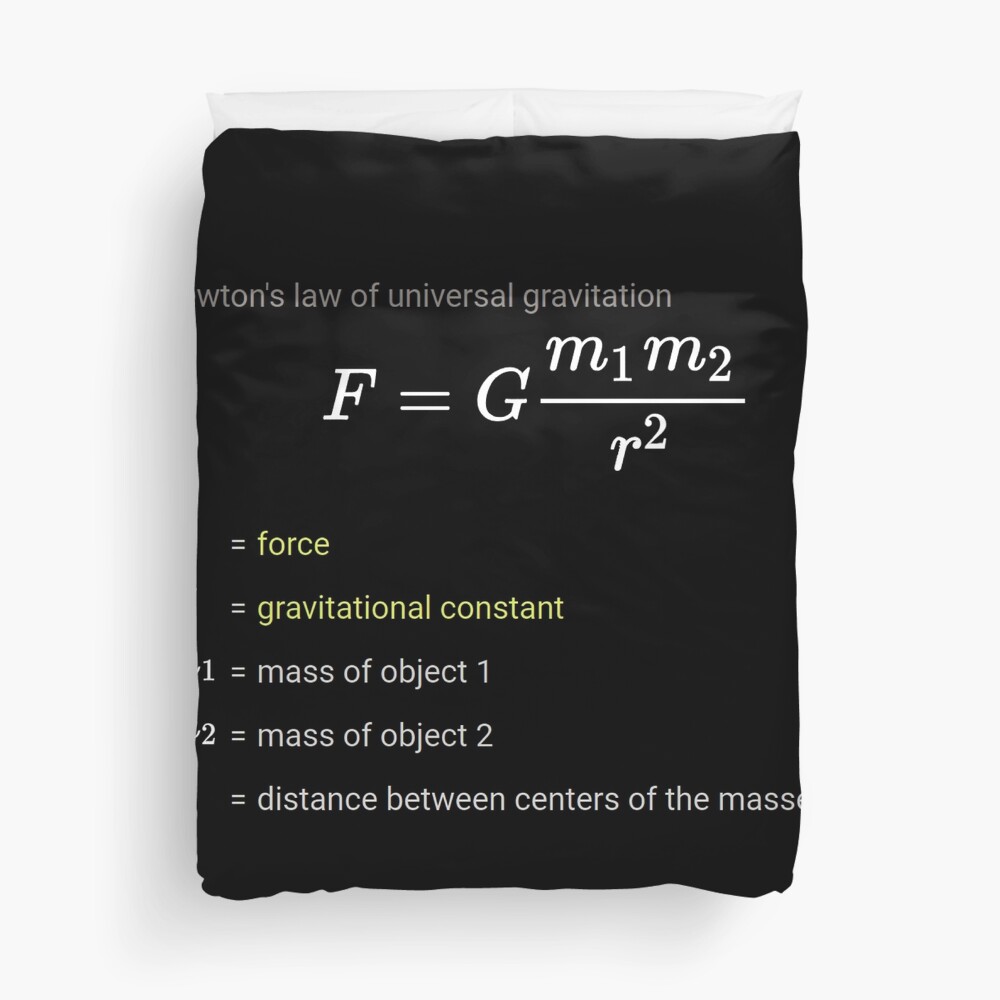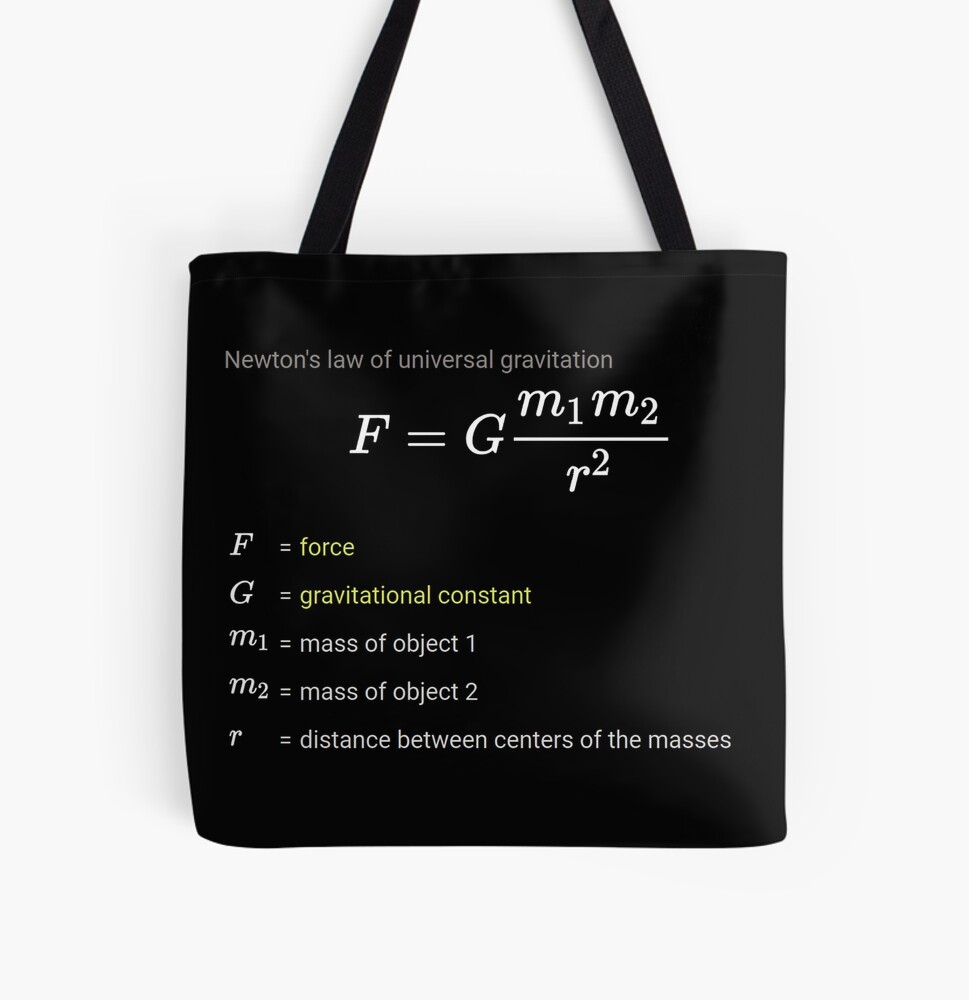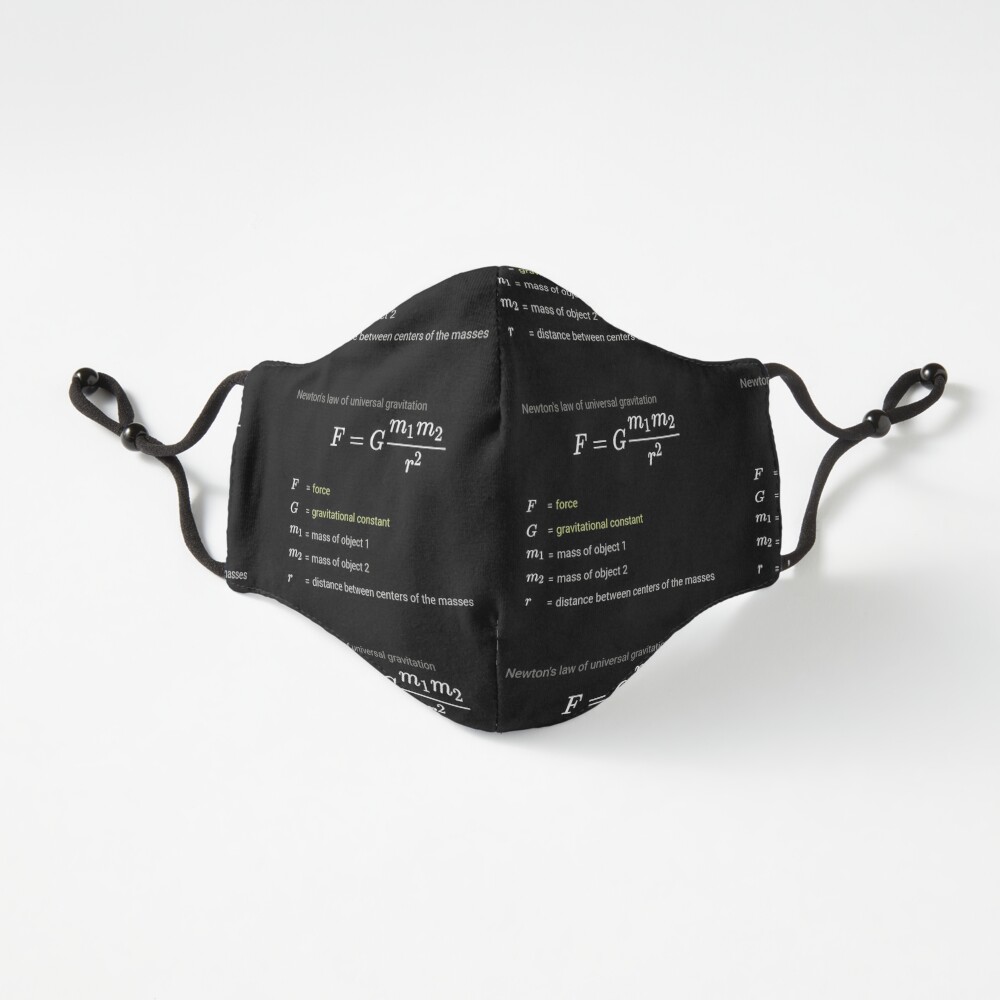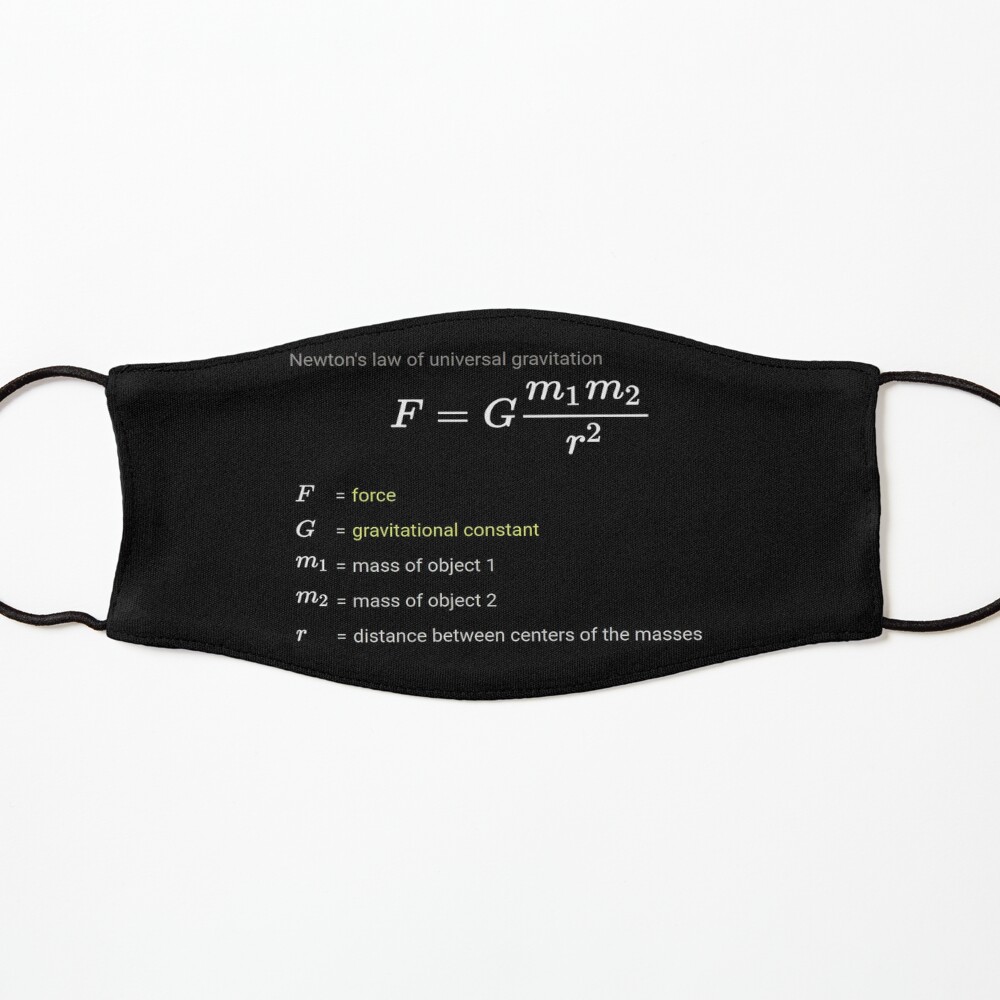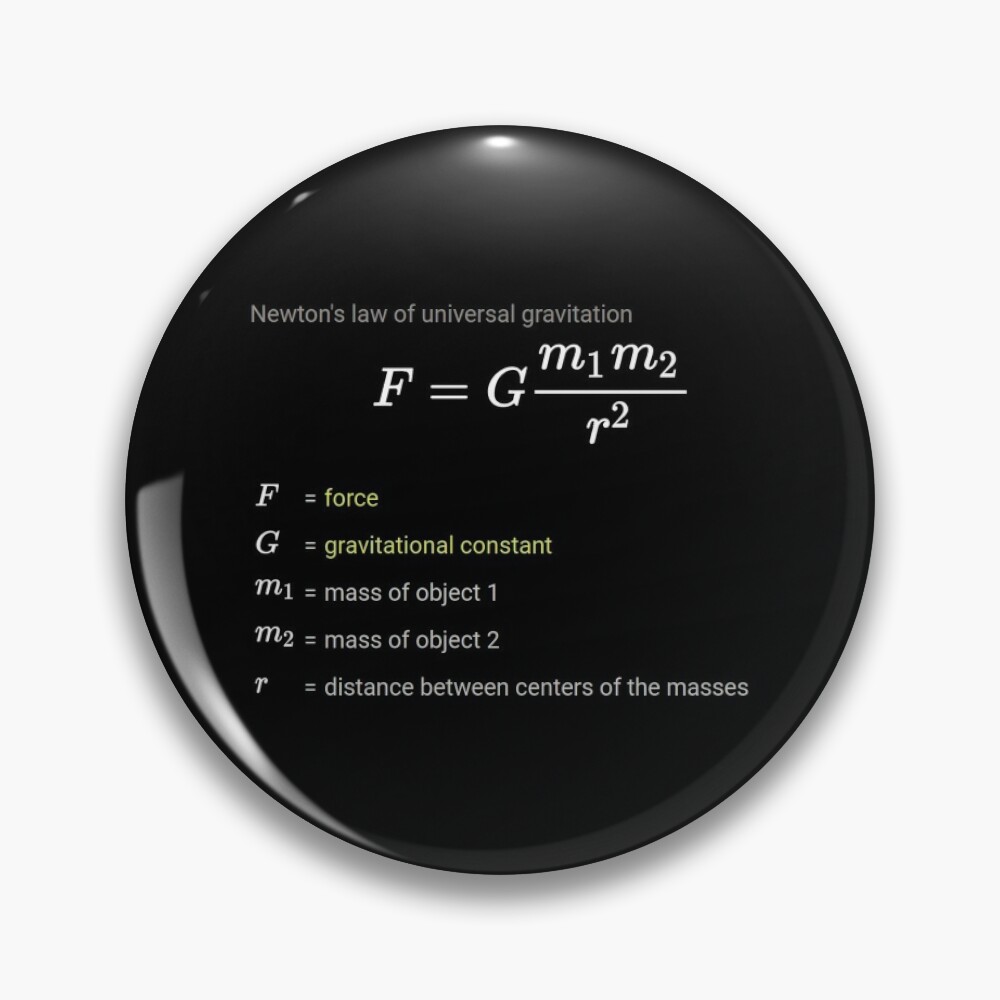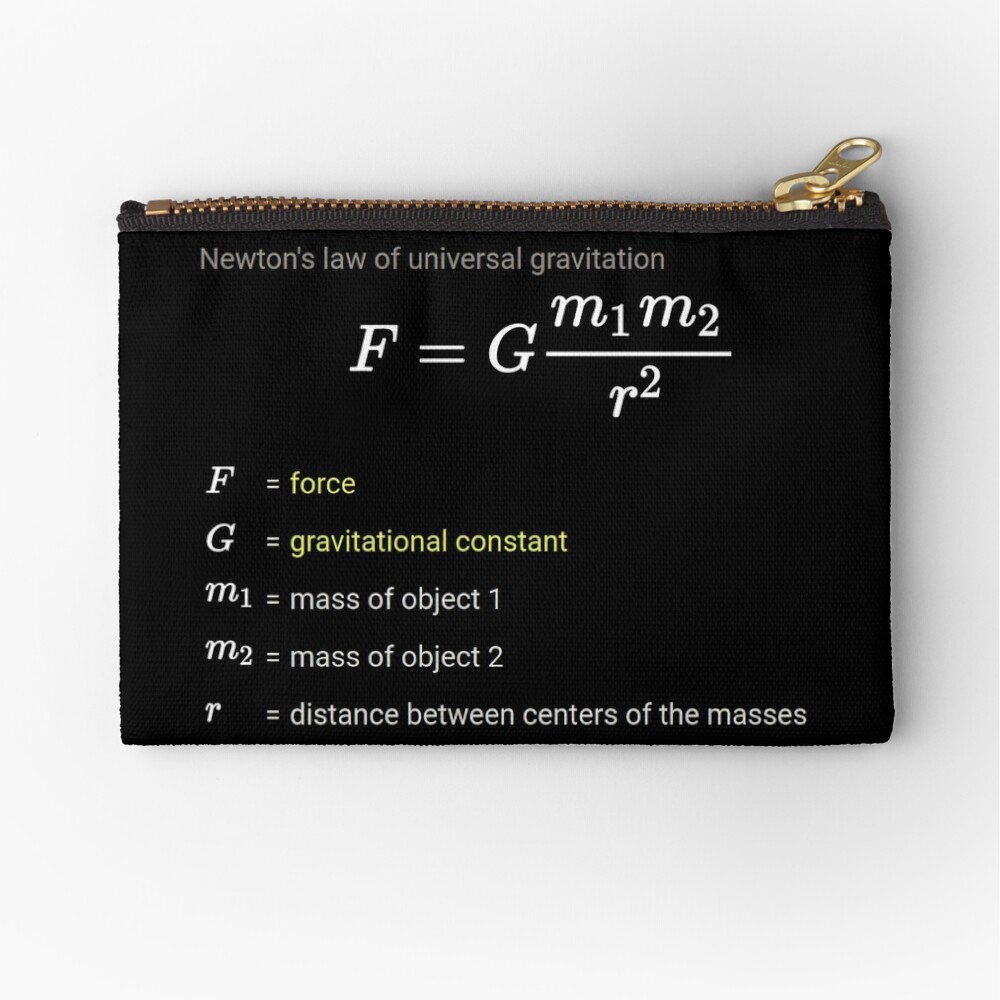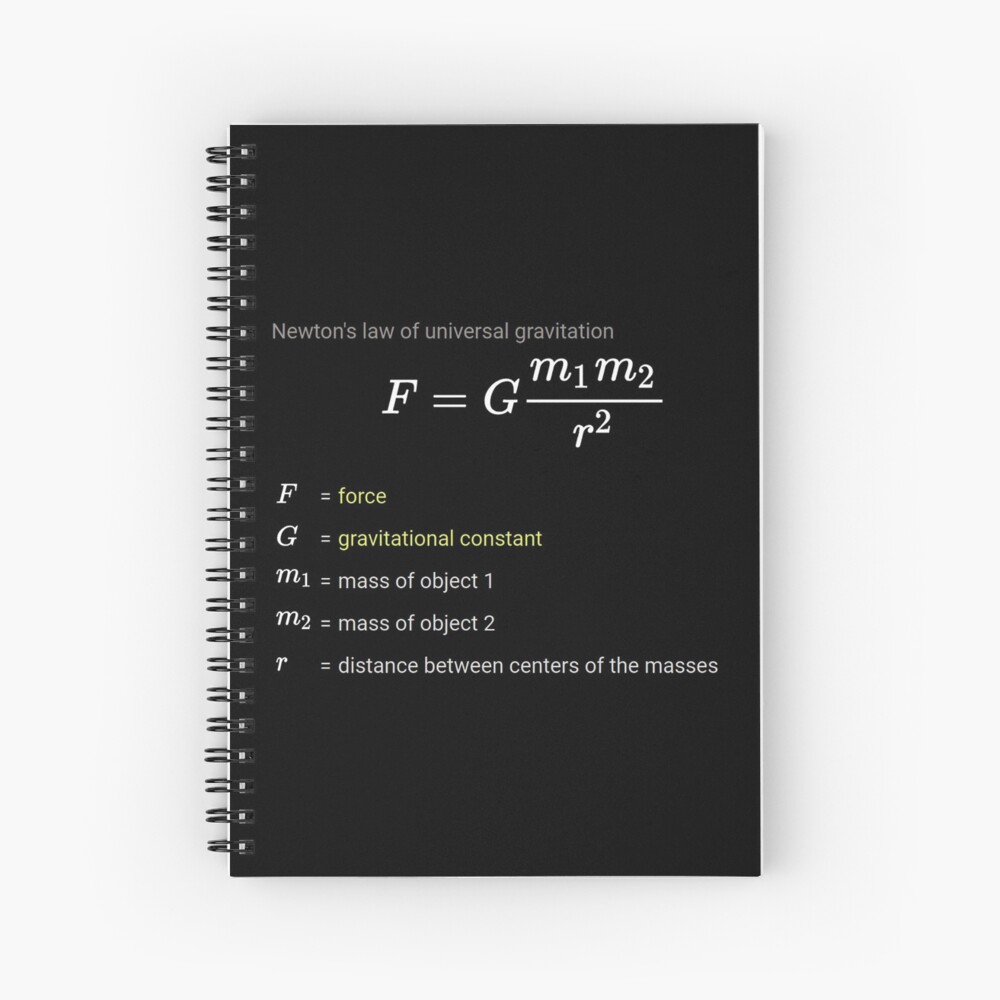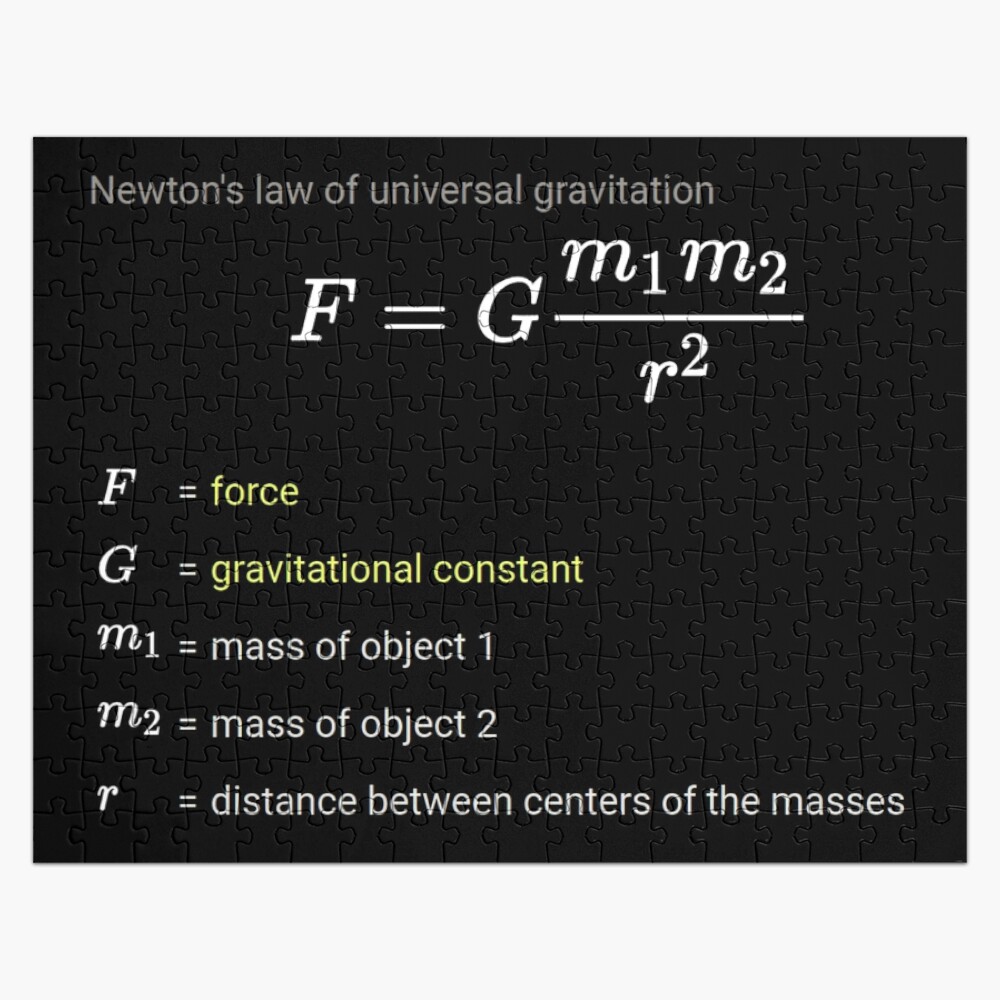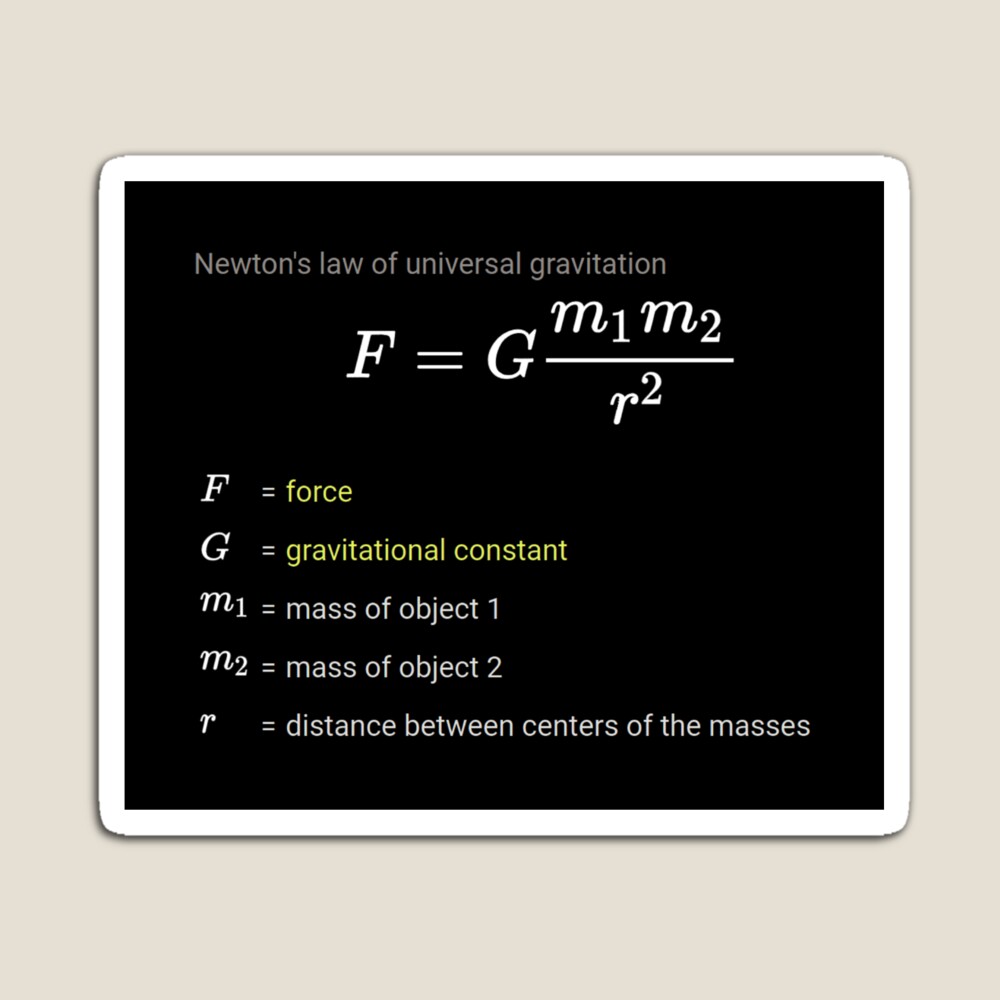Подходит к завершению 2023 год, и команда ПостНауки готовится подвести итоги и поделиться планами на предстоящий 2024-й. Мы выделили пять ключевых направлений, в которых мы работали и будем продолжать развиваться, и хотим рассказать о них вам.
1. PostNauka AM и postnauka.orgВ этом году ПостНаука завершила настройку процессов в Армении и перенесла сюда всю операционную деятельность. Мы очень благодарны за гостеприимство Армении и нашим ереванским друзьям за помощь и поддержку. Мы также перевезли сайт на домен верхнего уровня (postnauka.org), а веб-инфраструктуру на британский сервер, что делает доступ к нашему контенту более удобным и безопасным для читателей по всему миру. 2. Спецпроекты: фокус на научный капиталПосле начала войны команде пришлось довольно существенно изменить работу с партнерскими проектами и прошлый год оказался очень непростым. В 2023 году мы обновили медиакит, восстановили связь со старыми партнерами, а также нашли новых. Мы решили сфокусировать на работе с частным бизнесом и предпринимателями, которые сохраняют и развивают человеческий капитал, в первую очередь, в науке, образовании и здравоохранении. Самым заметным проектом в этом году стал гид с AstraZeneca из 11 материалов в разных форматах, в котором мы совместно с врачами, иммунологами и вирусологами разбирались, какие агенты внутри нас защищают организм от угроз. Спецпроект собрал более 700k просмотров в разных каналах. Особенно удался анимационный эксплейнер "Как работает иммунитет?". В этом году мы также помогали разным бизнесам: компании, работающей в генеративном ИИ, стартапу в области промышленной томографии, клинике микрохирургии глаза и многим другим. Если хотите познакомиться — напишите на letsdance@postnauka.org. 3. Аудитория и коммьюнитиАудитория ПостНауки не ограничивается сайтом и каналами в YouTube, читатели и зрители потребляют наш контент на самых разных платформах. Поэтому в 2023 году мы перешли на измерение мультиканальных охватов, чтобы лучше понимать интересы нашей аудитории. И отслеживаем ее еженедельно, чтобы оперативно реагировать на изменения. В этом году медиана охватов составляет 360,000 пользователей еженедельно (а максимальные значения — свыше 1 млн). Также продолжает расти коммьюнити на всех платформах: общее число пользователей перевалило за 2,300,000, из которых 126,200 присоединились в этом году. 4. Академия и донатыВажная часть сообщества — это студенты Академии, пользующиеся нашими образовательными продуктами. В этом году они прошли почти 1,000 уроков на платформе ПостНаука.Academy. Особое значение для нас имеют доноры, поддерживающие ПостНауку на сайте, а также через Patreon и Boosty. В ноябре 183 человека сделали донатов на $1,000. Эта безвозмездная поддержка позволяет нам чувствовать себя гораздо увереннее и знать, что наша работа важна и нужна. 5. 2024: осторожно заглядывая в будущееСобытия последних лет заставляют с осторожностью подходить к формулированию планов на будущее. Одно мы знаем точно: ПостНаука — это международная просветительская институция, ставящая своей целью сохранение и приумножение научного капитала в русскоязычном пространстве как в диаспоре, так и у оставшихся в России. Для этого мы готовим несколько проектов с нашими партнерами, направленных на развитие инновационного предпринимательства, гражданской культуры и ментального здоровья. В начале года мы завершим внедрение нового фирменного стиля: обновим сайт и остальные каналы, отсортируем портфолио проектов. Главные изменения коснутся YouTube и видеоформатов, героями которых станут ключевые участники deep tech индустрии: ученые, предприниматели и инвесторы со всего мира, которые превращают передовую науку в прорывные технологии. Этот фокус на deep tech является частью обновления Serious Science, сайт которого будет перезапущен в самом начале года. Два проекта будут активно обмениваться контентом, формируя единую базу знаний. Если хотите присоединиться к нашей дружной команде и применить свои таланты в деле просвещения — изучите раздел Вакансии на сайте или напишите нам на dreamteam@postnauka.org. C наступающим Новым годом! Надеюсь, это будет год победы света над тьмой, правды над ложью, разума над невежеством. Основатель ПостНауки
Вы получили это письмо, т. к. подписаны на рассылку ПостНауки. Если вы не хотите больше получать сообщения, вы можете отписаться от рассылки  © Издательский дом «ПостНаука» |
E=mc² Physics Olympiad 🧑🔬
Physics Olympiad Tutor, PhD in Physics and Math. Location: Bay Ridge, Brooklyn, NY.
Tuesday, December 26, 2023
Основатель ПостНауки Ивар Максутов о планах на 2024 год
Wednesday, November 30, 2022
✌ The Formation of the Milky Way Galaxy
Professor Dave here, let’s talk about the Milky Way.
We’ve learned about how stars and galaxies form, and there are hundreds of billions of galaxies in the observable universe, each with many millions or billions of individual stars.
So which galaxy is our home? Let’s take a look at this collection of galaxies.
This is called the Virgo Supercluster, containing over a hundred smaller groups and clusters of galaxies, such as the Virgo Cluster, and the Local Group.
Now let’s zoom in on the Local Group.
This contains more than fifty galaxies, many of which are tiny dwarf galaxies, but some of which are fairly large, by galactic standards.
The largest of these is called the Andromeda Galaxy, which is a spiral galaxy.
Around half that size, the next biggest is called the Milky Way Galaxy, also a spiral galaxy, and that’s our home.
It’s a pretty typical barred spiral galaxy, containing somewhere between 200 billion and 400 billion stars.
It is about 100,000 light years in diameter, meaning it takes light 100,000 years to travel from one edge to the other, whereas it is only about one thousand light years thick.
These are estimates, as there are no well-defined edges to the galaxy.
It is simply a disk with several arms of varying sizes, surrounded by a halo of stars, with a dense bulge in the middle, most likely harboring a supermassive black hole at the center of its nucleus, just like other large galaxies.
About fifteen percent of the visible mass of the Milky Way is in the form of interstellar gas and dust, scattered between all the stars.
Some of these stars form groupings called open clusters, such as the Pleiades, which is a few hundred stars bound fairly close together.
Beyond the stars in the disk, there are also several objects in more distant orbits called globular clusters.
These are dense, spherical collections of stars, anywhere from a few hundred thousand to a few million, and there are a little more than 150 of them traveling around the halo.
These are always filled with population two stars, indicating that they are very old, probably forming at the same time as the Milky Way.
The Milky Way also has some satellite galaxies, which are smaller galaxies that orbit around it.
The most prominent of these are the Small Magellanic Cloud and Large Magellanic Cloud, each around a tenth the size of the Milky Way, and observable from the southern hemisphere.
These interact with the Milky Way as they orbit, resulting in disturbances and also exchange of material.
Andromeda and the Milky Way are also on paths that will cause them to collide sometime around four billion years from now.
Simulations show that this will be an incredible event that will take several billion years to play out to completion.
Many stars will be ejected, but the end result will likely be a merging to form a larger, more elliptical galaxy, that has been dubbed “Milkdromeda”.
So what do we know about the formation of the Milky Way? Well its rotation provides some information.
Stars outside of the bulge move around galactic center with a speed of around 220 kilometers per second.
That’s astonishingly fast by earthly standards, but even so, it takes stars in the outer areas about 250 million years to go once around.
The closer stars are to the center, the less time they take to orbit, just like planets around their sun.
In fact, this is the phenomenon that is largely responsible for the formation of the spiral arms in the first place.
This is all typical among spiral galaxies, as we can observe by looking at other galaxies in our vicinity.
The oldest stars we can see in the Milky Way are very old population two stars, so we believe the formation of the Milky Way dates back to that early era of galaxy formation, less than one billion years after the Big Bang, whereby a dense region of gas collected to form a system of gravitationally bound stars.
Due to the centrifugal force and accentuated by conservation of angular momentum, this began to spin in the way that it does now, collapsing from a sphere into a disk, and has presumably been undisturbed by major collisions all these billions of years, as its spiral shape has been retained.
The older population two stars can be found in the halo, from the time of the galaxy’s formation, whereas most stars in the disk are younger, more likely to be population one stars, formed after the galaxy had already begun to take its current shape.
An estimated three to five stars per year continue to form today, from all the interstellar gas and dust.
Eventually all the stars that can form from the gas and dust will have formed, and many will die, predicting a grim, dark fate for the galaxy in some several hundred billion years.
But there is much more to talk about regarding the past and present first.
Some time into the existence of the Milky Way, a little less than five billion years ago, a cloud of gas and dust, full of heavy elements dispersed from the deaths of population three and two stars, began to accrete to form a very familiar set of objects, our own solar system.
Let’s move forward and learn more about this pivotal event.
We’ve learned about how stars and galaxies form, and there are hundreds of billions of galaxies in the observable universe, each with many millions or billions of individual stars.
So which galaxy is our home? Let’s take a look at this collection of galaxies.
This is called the Virgo Supercluster, containing over a hundred smaller groups and clusters of galaxies, such as the Virgo Cluster, and the Local Group.
Now let’s zoom in on the Local Group.
This contains more than fifty galaxies, many of which are tiny dwarf galaxies, but some of which are fairly large, by galactic standards.
The largest of these is called the Andromeda Galaxy, which is a spiral galaxy.
Around half that size, the next biggest is called the Milky Way Galaxy, also a spiral galaxy, and that’s our home.
It’s a pretty typical barred spiral galaxy, containing somewhere between 200 billion and 400 billion stars.
It is about 100,000 light years in diameter, meaning it takes light 100,000 years to travel from one edge to the other, whereas it is only about one thousand light years thick.
These are estimates, as there are no well-defined edges to the galaxy.
It is simply a disk with several arms of varying sizes, surrounded by a halo of stars, with a dense bulge in the middle, most likely harboring a supermassive black hole at the center of its nucleus, just like other large galaxies.
About fifteen percent of the visible mass of the Milky Way is in the form of interstellar gas and dust, scattered between all the stars.
Some of these stars form groupings called open clusters, such as the Pleiades, which is a few hundred stars bound fairly close together.
Beyond the stars in the disk, there are also several objects in more distant orbits called globular clusters.
These are dense, spherical collections of stars, anywhere from a few hundred thousand to a few million, and there are a little more than 150 of them traveling around the halo.
These are always filled with population two stars, indicating that they are very old, probably forming at the same time as the Milky Way.
The Milky Way also has some satellite galaxies, which are smaller galaxies that orbit around it.
The most prominent of these are the Small Magellanic Cloud and Large Magellanic Cloud, each around a tenth the size of the Milky Way, and observable from the southern hemisphere.
These interact with the Milky Way as they orbit, resulting in disturbances and also exchange of material.
Andromeda and the Milky Way are also on paths that will cause them to collide sometime around four billion years from now.
Simulations show that this will be an incredible event that will take several billion years to play out to completion.
Many stars will be ejected, but the end result will likely be a merging to form a larger, more elliptical galaxy, that has been dubbed “Milkdromeda”.
So what do we know about the formation of the Milky Way? Well its rotation provides some information.
Stars outside of the bulge move around galactic center with a speed of around 220 kilometers per second.
That’s astonishingly fast by earthly standards, but even so, it takes stars in the outer areas about 250 million years to go once around.
The closer stars are to the center, the less time they take to orbit, just like planets around their sun.
In fact, this is the phenomenon that is largely responsible for the formation of the spiral arms in the first place.
This is all typical among spiral galaxies, as we can observe by looking at other galaxies in our vicinity.
The oldest stars we can see in the Milky Way are very old population two stars, so we believe the formation of the Milky Way dates back to that early era of galaxy formation, less than one billion years after the Big Bang, whereby a dense region of gas collected to form a system of gravitationally bound stars.
Due to the centrifugal force and accentuated by conservation of angular momentum, this began to spin in the way that it does now, collapsing from a sphere into a disk, and has presumably been undisturbed by major collisions all these billions of years, as its spiral shape has been retained.
The older population two stars can be found in the halo, from the time of the galaxy’s formation, whereas most stars in the disk are younger, more likely to be population one stars, formed after the galaxy had already begun to take its current shape.
An estimated three to five stars per year continue to form today, from all the interstellar gas and dust.
Eventually all the stars that can form from the gas and dust will have formed, and many will die, predicting a grim, dark fate for the galaxy in some several hundred billion years.
But there is much more to talk about regarding the past and present first.
Some time into the existence of the Milky Way, a little less than five billion years ago, a cloud of gas and dust, full of heavy elements dispersed from the deaths of population three and two stars, began to accrete to form a very familiar set of objects, our own solar system.
Let’s move forward and learn more about this pivotal event.
Saturday, August 6, 2022
Subscribe to:
Posts (Atom)

